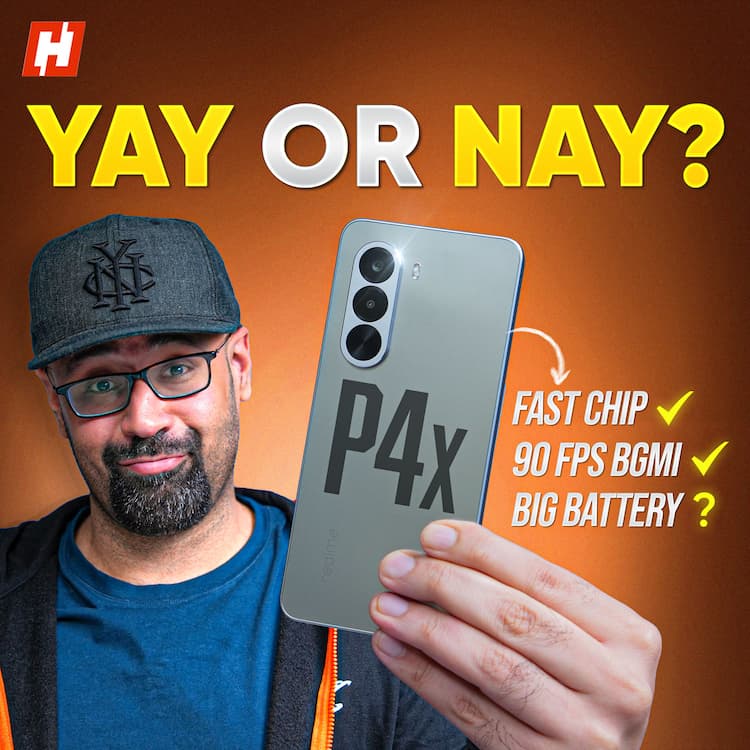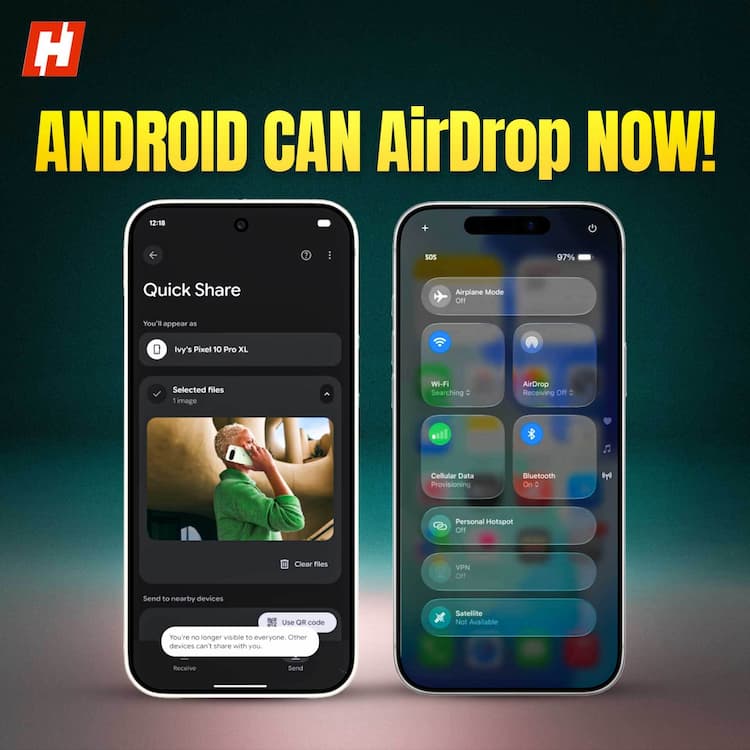If you're eyeing an entry-level tablet, chances are you're just looking for a bigger screen to binge Netflix, scroll through YouTube, or chill on social media.
That’s exactly the crowd OnePlus is targeting with the Pad Lite. Priced at around ₹13,000 with offers, it’s pitched as the ideal budget media device. But is it really the no-brainer it sounds like, or just another basic tab trying to ride the OnePlus name? Let’s break it down.
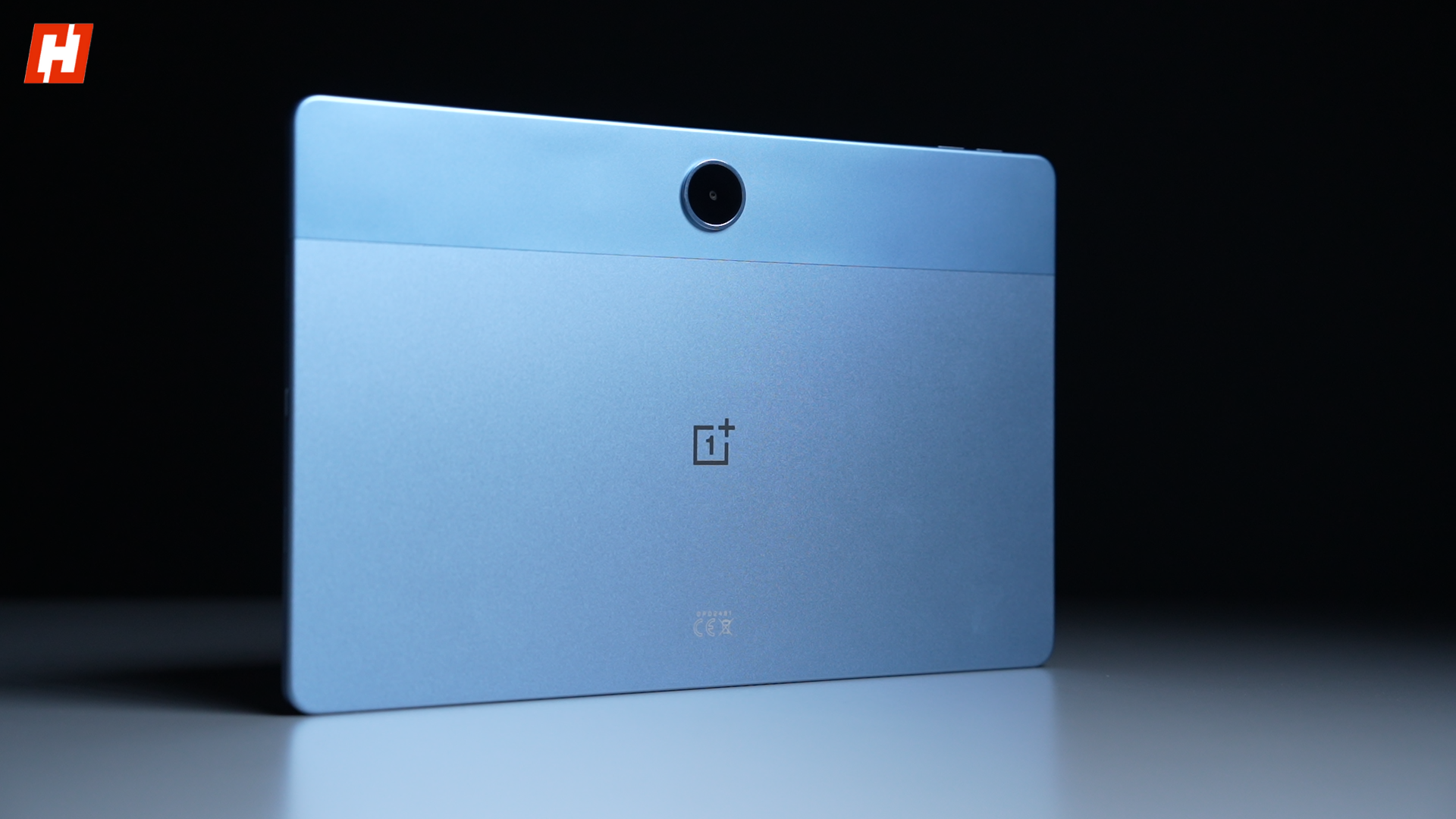
Display & Audio
When it comes to budget tablets, the display is everything, especially if your main use is binging shows, scrolling endlessly, or casual web browsing. The OnePlus Pad Lite tries to deliver on that front with an 11-inch FHD+ LCD panel. It hits 500 nits of peak brightness and supports a 90Hz refresh rate, which definitely helps with smoother scrolling. Now, it’s not the sharpest panel out there; pixel density could’ve been better. But it didn’t really ruin the experience. And those thick bezels, may seem odd, but they make a tonne of sense. Without them, holding a tablet this size comfortably is a pain.
This time, OnePlus has gone with a 16:10 aspect ratio instead of its usual 7:5. That change alone improves the media-watching experience big time. You get less of those annoying black bars on YouTube and Netflix.

Now sure, there’s no HDR support, and since it’s an LCD, you’re not getting those deep OLED blacks or super vibrant colours. Outdoor visibility also takes a hit thanks to the glossy panel that reflects everything.
But where the Pad Lite actually punches above its weight is audio. You get quad speakers, Hi-Res certified, and they’re surprisingly loud and clean for casual use. There’s support for advanced codecs like LDAC, aptX HD, and more via Bluetooth 5.4. Still, missing a 3.5mm jack does sting a little.
Performance
Performance on the OnePlus Pad Lite is pretty much what you’d expect from a budget tablet. It’s powered by the MediaTek Helio G100, which is a fairly capable chip, but it’s from 2024. OnePlus could’ve easily opted for the newer G200, which launched earlier this year and would’ve made things a lot snappier.
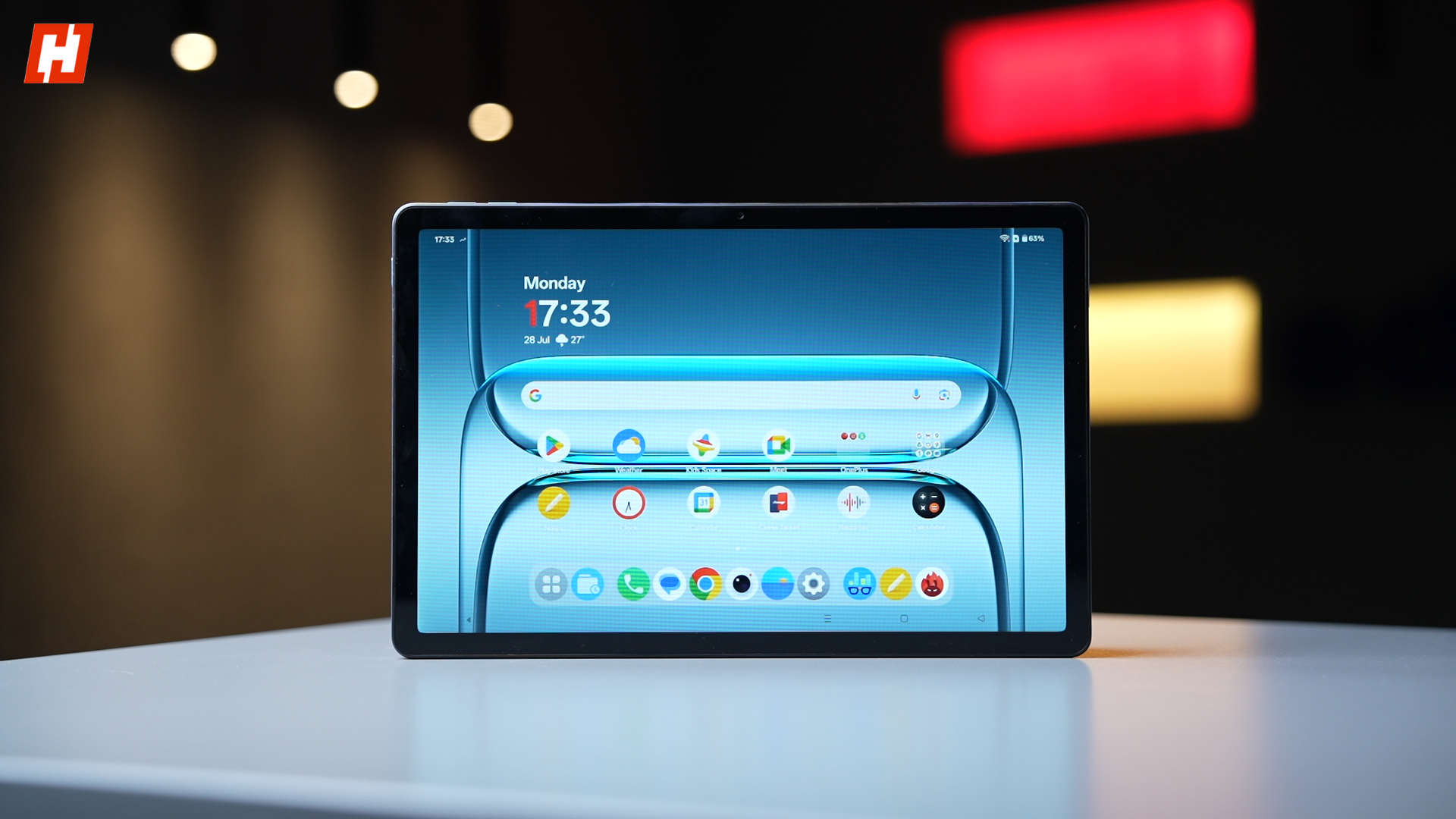
Our LTE model came with 8GB of RAM and 128GB storage. Having cellular support at this price is nice, even though there’s no 5G. Sure, it would’ve been great to have, but it’s still rare in this range, so not a huge deal. The Wi-Fi-only version drops to 6GB of RAM, and neither variant includes expandable storage, which feels like a bit of a letdown.
Benchmark results were nothing too exciting. Antutu Lite gave a score of 4.3 lakh. Geekbench scores were 718 for single-core and 1924 for multi-core. 3DMark results were also underwhelming. The Wildlife Extreme Stress Test showed 98.1% stability, but the best loop score was just 378.
In everyday use, it handles browsing, streaming, and light gaming without much trouble, as long as you keep your expectations in check. In BGMI, I got an average of 58.8 fps, but visuals were very basic. In Call of Duty: Mobile, the average was 39.7 fps at low graphics. Both were playable, but definitely felt barebones.
One odd thing I noticed was with YouTube playback. Videos would often default to a super low resolution, and even 1080p at 60fps took a moment to buffer. At 1440p60, it started to stutter. Hopefully, OnePlus rolls out a fix for this.
The Pad Lite ships with OxygenOS 15, and it includes several ecosystem-friendly features. You can use Clipboard Sharing and Shared Gallery to easily move stuff between your OnePlus devices. O+ Connect even lets you share with Apple products, which is a handy bonus.
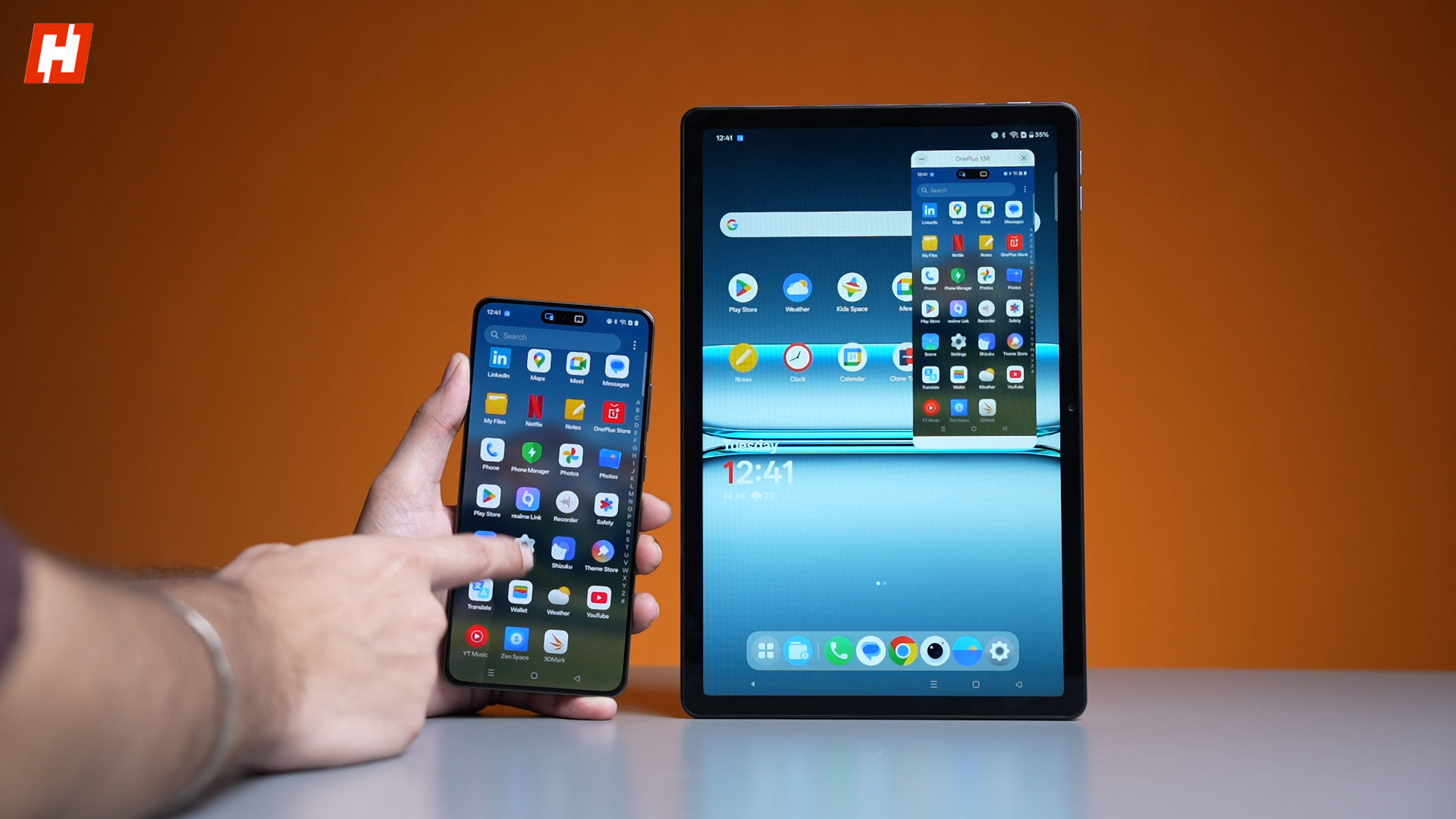
I also liked OpenCanvas, and how it makes multitasking feel smooth, especially when switching between apps or going split-screen.
Since it’s 2025, there’s a dash of AI too. Google Gemini handles basic text generation and photo editing, and it works well enough for the price.
OnePlus says the Pad Lite will get 4 years of OS updates and 6 years of security patches, which is honestly solid for this segment.
Design
If the Pad Lite gives you deja vu, it’s because it borrows heavily from the OnePlus Pad Go. You get plastic sides, a dual-tone aluminium alloy back, and an overall feel that’s surprisingly premium for the price. It’s slim at 7.39mm, weighs about 530 grams, and comes in a single blue finish.
Just like the Pad Go, there’s no official keyboard folio or stylus support. No pogo pins either, and palm rejection is missing too. You also don’t get a fingerprint scanner, and face unlock is as basic as it gets, just using the front camera.
Cameras
Camera-wise, there’s a 5MP rear shooter that records 1080p videos at 30fps, and a 5MP selfie cam that’s serviceable for video calls. But let’s be real, no one’s seriously using a tablet for photography. Forget social media, you’re best use case scenario would be scanning a few documents here and there.
Battery & charging
Battery life is actually one of the Pad Lite’s strong points. The 9340mAh cell easily got me through two days of casual use. The catch? It supports 33W charging, but OnePlus ships it with just a 15W adapter. So you’re looking at over two hours for a full charge.
Verdict
So, is the Pad Lite worth it? If your needs are basic like watching videos, scrolling social media, light gaming, then yes. The display’s good enough, speakers are better than expected, and battery life is solid.
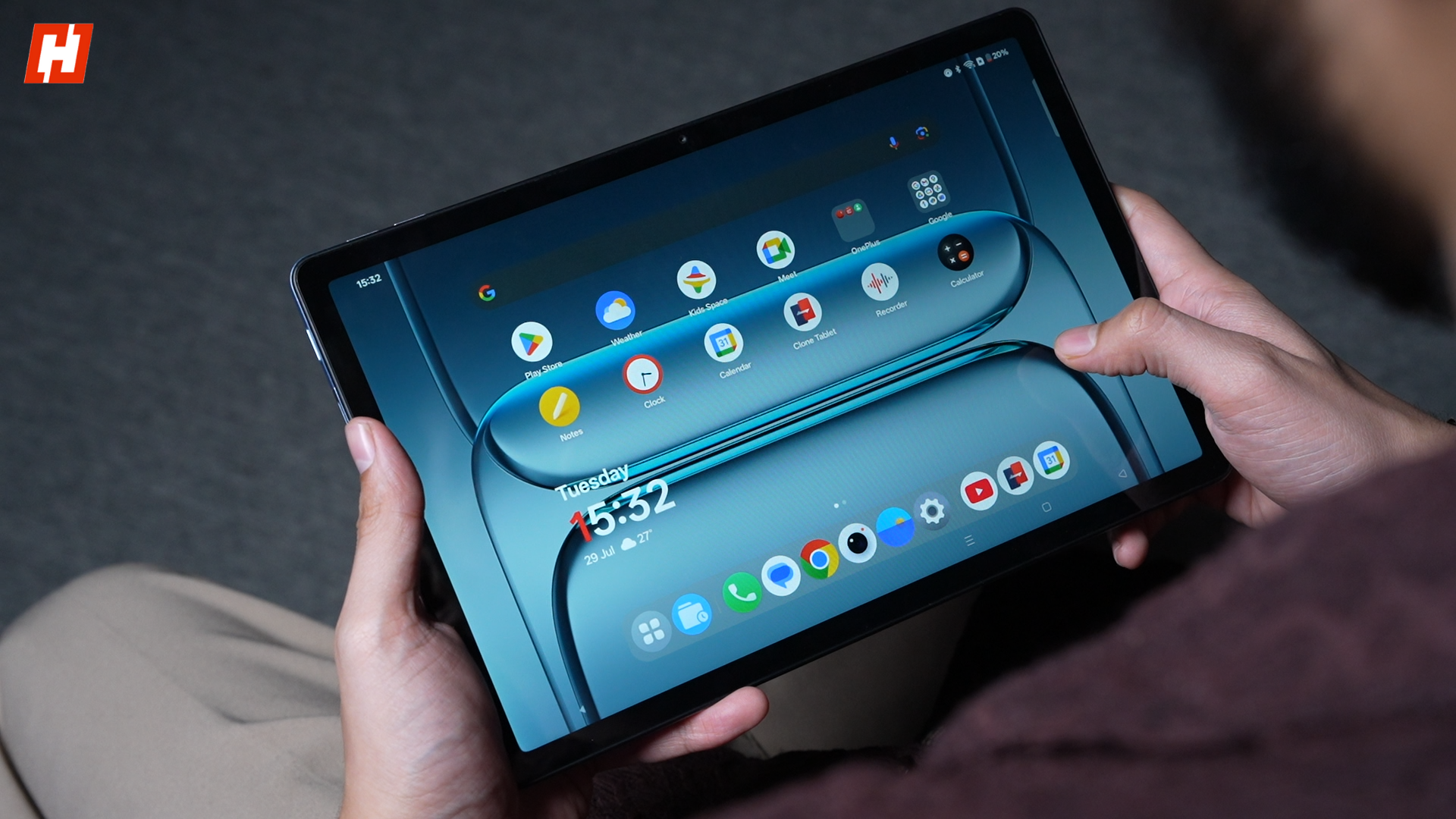
Just don’t expect high-end performance. Most tabs under ₹15K share similar specs, and this one’s no exception. But for ₹13,000 (with offers), it’s a reliable pick for content consumption.

